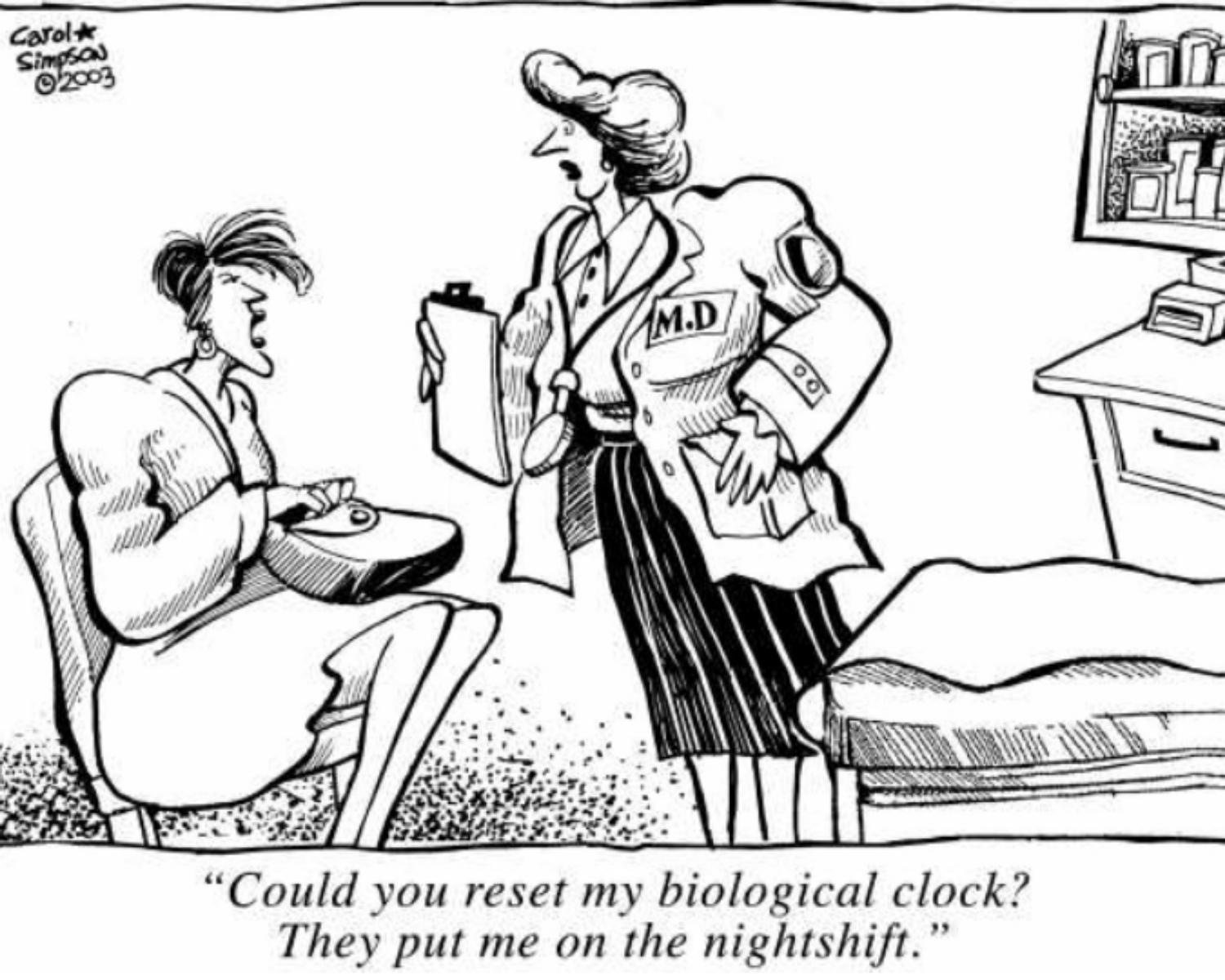Circadian Clocks and Rhythms
We have an internal “clock” that regulates sleep-wake cycles over roughly 24 hours (circadian). It is most directly set by light exposure, especially sunlight. Sunrise triggers a rise in cortisol, promoting wakefulness. 12–16 hours later, the pineal gland releases melatonin, promoting sleepiness. Avoiding light at night prevents disrupting this rhythm. Circadian rhythms also impact hormones, body temperature, hunger, etc. They are linked with health, mood, and longevity.
35
668 reads
CURATED FROM
IDEAS CURATED BY
I share the best ideas from books, podcasts, and daily discoveries. Join me in learning something new every day.
The podcast discusses how to optimize one's sleep-wake cycle by controlling light exposure, timing of food and exercise, and relaxation practices. It covers the role of adenosine, circadian rhythms, cortisol, and melatonin in regulating alertness and sleepiness. Viewing bright light, ideally sunlight, during the day and avoiding it at night helps to anchor one's circadian clock and hormonal cycles for better sleep, mood, and health.
“
Similar ideas to Circadian Clocks and Rhythms
Biological Clocks
Endogenous rhythms exist because the body has biological clocks that keep time. Biological clocks can be adjusted by environmental cues, such as changes in temperature.
In humans, the Suprachiasmatic Nucleus (SCN) is the main biological clock that regulates circadian rhythms of sleep. The S...
Read & Learn
20x Faster
without
deepstash
with
deepstash
with
deepstash
Personalized microlearning
—
100+ Learning Journeys
—
Access to 200,000+ ideas
—
Access to the mobile app
—
Unlimited idea saving
—
—
Unlimited history
—
—
Unlimited listening to ideas
—
—
Downloading & offline access
—
—
Supercharge your mind with one idea per day
Enter your email and spend 1 minute every day to learn something new.
I agree to receive email updates
